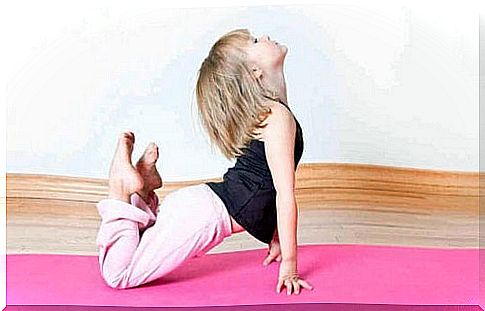How To Practice Meditation With Children

Contemplative practices such as meditation are becoming more popular every day. It is no coincidence that this ancient technique is now being implemented in first world schools.
In reality, this “boom” in mindfulness has to do with many elements, and one of them is that scientists are proving that meditation can help children to calm their mind, to focus their attention voluntarily and to manage with much more efficiency your emotions.
All these benefits have made more and more parents and adults interested in spreading meditative practices, as these also contribute to the children of today, who will be the adults of tomorrow, become more focused, more loving and more compassionate people, qualities that are increasingly rare in our society.
Lights to teach meditation
Currently there are many centers and places where children and adults can learn contemplative or meditative techniques, which help to develop attention. Most of these techniques are based on the following steps:
Conscious breathing:
Invite your child to sit in a position that is comfortable for him but does not induce him to fall asleep. The famous lotus position is the ideal one; however, you can also sit on a chair or cushion. The important thing is that the posture does not invite you to doze. It should be a dignified and relaxed posture.
After sitting comfortably, the child must learn to focus his attention on the breath. There are many ways to do this. One of them is to count from 1 to 10, accommodating each number to each inhalation and exhalation, and of course leaving aside the thoughts that invade our mind.

Another is to feel how the air enters and leaves the body, focusing on the changes that occur in our body when performing this process. This exercise helps quiet the mind little by little.
Listening to a guided meditation and following its prompts can also help you get started. On the internet you will find many of these meditations. You can try listening to one daily with your child.
Quiet the mind:
Learning to focus the mind on the breath and the perception of air as it enters and leaves the body has one goal: to quiet the mind. The state of stillness that is pursued is that of attentive but relaxed surveillance, according to a program called Redes.
It is effortless attention, which resembles the waking or still state that is achieved before falling asleep. This state can be identified because the body is relaxed and there is no internal dialogue. That is, there is interior silence.
That inner silence can be achieved only for a few seconds, but in those few seconds our mind will be in a situation of total calm.
Benefits of meditation:
Learning to meditate is an art. The ideal state of relaxation described above is achieved through patience and perseverance. The combination of both qualities results in the cultivation of an ancient discipline that brings benefits such as:
- Acquire the conscious ability to relax.
- Decrease in stress levels.
- Development of attention.
- Promotion of the ability to perceive details.
- Improvement of the ability to memorize.
- Improves the ability to manage emotions.

Meditation changes the way we learn
Social and emotional learning expert Linda Lantieri explains that the regular practice of contemplative activities like meditation can revolutionize our society.
Specifically, it highlights that the regular practice of meditation changes the way children learn. This occurs basically because the efficient management of their emotions helps children to reduce their levels of frustration and also to feel more autonomous.
And the fact that a child feels less frustrated and more autonomous makes a difference. To this state we must add that meditation helps them to focus their mind voluntarily, which is an advantage for infants of our time, who are immersed in a society that exposes them to too much external stimulation.
Just one of the most notable advantages of constant meditation practice is that it helps children to concentrate better in class. But, in addition, contemplative practices –according to Lantieri- help children to be more attentive to other people, more sensitive and also to make better decisions. And that’s the change in education the world needs.










